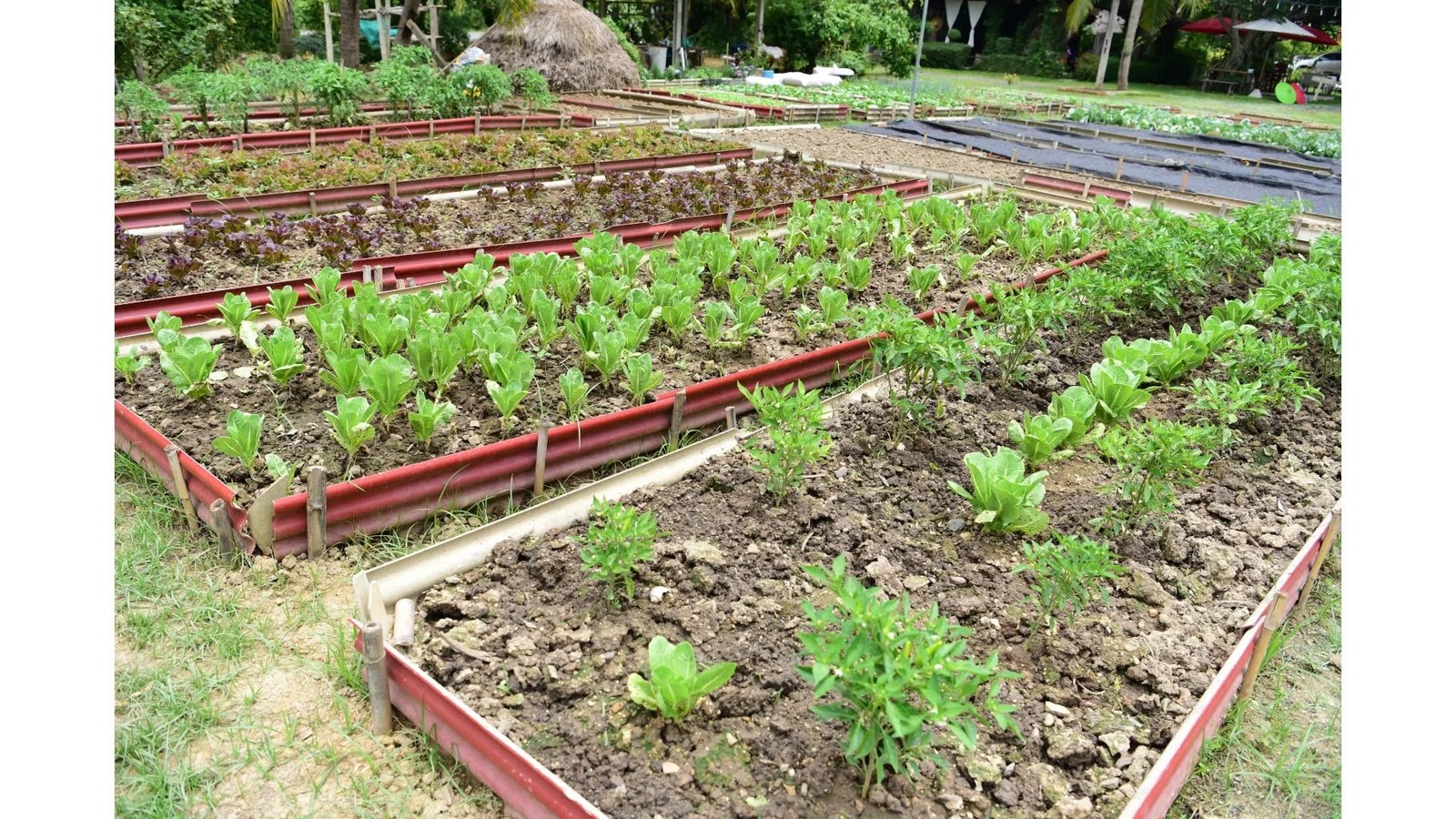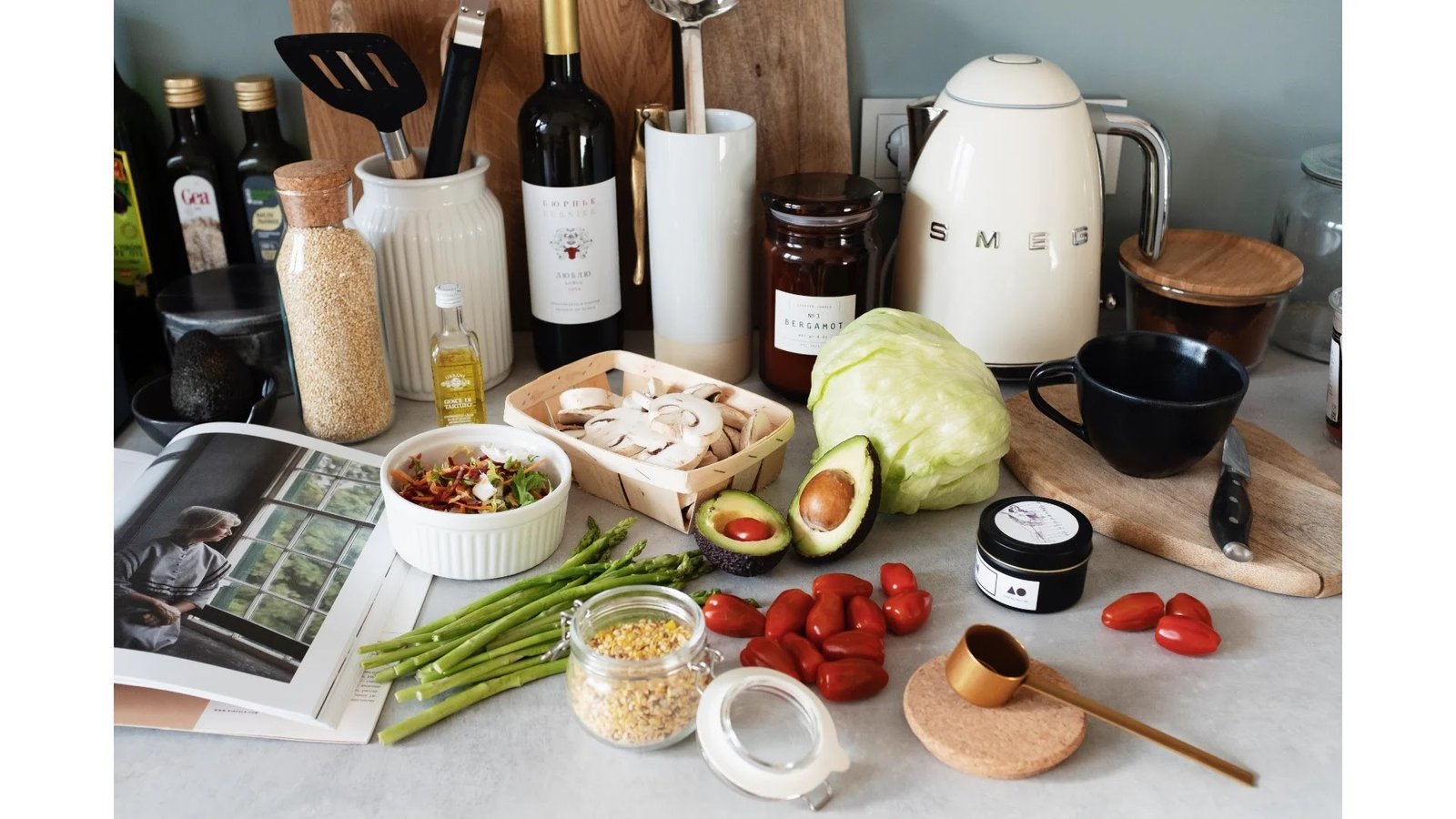Essential Tips for Growing Your Own Vegetables at Home

Ready to embark on your own vegetable-growing adventure? Growing your own vegetables at home is not only a rewarding experience but also a great way to ensure that you have fresh and healthy produce at your fingertips. But where do you start? Don’t worry, we’ve got you covered! In this article, we’ll share essential tips that will help you grow your own vegetables successfully, even if you’re a beginner.
The Benefits of Growing Your Own Vegetables
Growing your own vegetables offers a multitude of benefits. Firstly, it allows you to have complete control over the growing process, ensuring that your vegetables are free from harmful chemicals and pesticides. You can choose to grow your vegetables organically, promoting a healthier lifestyle for you and your family.
Additionally, growing your own vegetables can save you money in the long run. Supermarket prices for fresh produce can add up quickly, especially if you prefer organic options. By growing your own partaitogel vegetables, you can reduce your grocery bills and enjoy the satisfaction of eating food that you’ve nurtured from seed to plate.
Furthermore, gardening can be a therapeutic and stress-relieving activity. Spending time outdoors, connecting with nature, and witnessing the growth of your plants can bring a sense of fulfilment and peace. It’s a wonderful way to unwind from the demands of everyday life while reaping the rewards of your hard work.
Planning Your Vegetable Garden
Before you start digging in the soil, it’s important to plan your vegetable garden. Consider the available space you have and the amount of sunlight it receives. Most vegetables require at least 6 hours of direct sunlight per day, so choose a location that meets this requirement.
Sketch out a garden layout, keeping in mind the size of each plant and their spacing requirements. This will help you visualise how your garden will look and ensure that you make the most efficient use of your space. Remember to consider companion planting, where certain plants are grown together to enhance growth or repel pests.
Additionally, take into account the specific climate and weather conditions in your area. Some vegetables thrive in cooler temperatures, while others prefer warmer climates. Research which vegetables are best suited for your region and plan accordingly.
Choosing the Right Vegetables to Grow
When it comes to selecting the vegetables to grow in your garden, consider your personal preferences, available space, and the seasonality of different crops. Choose vegetables that you and your family enjoy eating, as this will make the gardening experience even more rewarding.
It’s also important to choose vegetables that are suitable for your climate and growing conditions. Some vegetables, such as tomatoes and peppers, require a longer growing season, while others, like lettuce and radishes, can be harvested relatively quickly. Research the specific needs of each vegetable and select those that align with your gardening goals.
Furthermore, consider the space requirements of each plant. Some vegetables, like zucchini and cucumbers, have sprawling vines that need ample space to grow. Others, like carrots and herbs, can be grown in smaller containers or raised beds. Choose vegetables that fit well in your available space without overcrowding.
Preparing the Soil for Your Vegetable Garden

One of the most crucial steps in growing healthy vegetables is preparing the soil. Start by removing any weeds or existing vegetation from the area where you plan to grow your vegetables. This will prevent competition for nutrients and ensure that your plants have the best chance of thriving.
Next, test the pH level of your soil. Most vegetables prefer a slightly acidic soil with a pH range of 6 to 7. If your soil is too acidic, you can add lime to raise the pH. Conversely, if your soil is too alkaline, you can add sulfur to lower the pH. Testing kits are readily available at garden centers and will help you determine the pH level of your soil.
After testing the pH, it’s time to amend the soil with organic matter. Adding compost or well-rotted manure will improve the soil structure, increase its water retention capacity, and provide essential nutrients for your plants. Spread a layer of organic matter over the soil and use a garden fork or tiller to incorporate it evenly.
Starting Your Vegetable Garden from Seeds or Seedlings

One of the first decisions you’ll need to make when starting your vegetable garden is whether to grow from seeds or seedlings. Both options have their advantages, so consider your available time, space, and level of experience.
Growing from seeds allows you to have a wider selection of vegetable varieties and is generally more cost-effective. However, it requires more patience and time, as you’ll need to sow the seeds, provide the right conditions for germination, and wait for the plants to grow. Some vegetables, like carrots and beets, are best sown directly in the garden as they don’t transplant well.
On the other hand, starting with seedlings gives you a head start, as they have already sprouted and developed a root system. This option is ideal if you have a shorter growing season or limited space. Seedlings can be purchased from nurseries or started indoors using seed trays or biodegradable pots. Be sure to harden off the seedlings before transplanting them into the garden by gradually exposing them to outdoor conditions.
Proper Watering and Fertilising Techniques for Vegetable Plants
Watering and fertilizing your vegetable plants correctly is crucial for their growth and productivity. Most vegetables require consistent moisture, so water them regularly, especially during dry periods. Avoid overwatering, as it can lead to root rot and other diseases. Aim to water deeply at the base of the plants, ensuring that the soil is evenly moist.
To minimise water evaporation and maintain soil moisture, consider applying a layer of organic mulch around your plants. Mulch acts as a protective barrier, preventing weeds from growing and reducing the need for frequent watering. Organic materials such as straw, wood chips, or compost make excellent mulches.
In terms of fertilising, provide your vegetable plants with a balanced, organic fertiliser to ensure they receive the necessary nutrients. Avoid over-fertilizing, as it can lead to excessive foliage growth at the expense of fruit production. Follow the instructions on the fertiliser package for the correct application rate and frequency.
Pest and Disease Control in Your Vegetable Garden
Dealing with pests and diseases is a common challenge in vegetable gardening, but with proper prevention and management strategies, you can minimise damage and protect your plants.
One effective method is to practise crop rotation, where you change the location of your vegetable crops each year. This helps to disrupt the life cycle of pests and diseases that may have overwintered in the soil. Additionally, consider interplanting flowers and herbs that repel pests or attract beneficial insects, such as marigolds, basil, or lavender.
Regularly inspect your plants for signs of pests or diseases, such as chewed leaves, discoloured spots, or wilting. Early detection allows for prompt action, whether it’s handpicking pests, using organic insecticides or fungicides, or employing natural pest control methods like introducing beneficial insects or using traps.
Harvesting and Storing Your Homegrown Vegetables
The moment you’ve been waiting for has finally arrived – harvest time! Harvesting your homegrown vegetables at the right moment ensures the best flavour and nutritional value. Different vegetables have different harvesting techniques, so familiarise yourself with the specific requirements of each crop.
For vegetables like lettuce, spinach, and herbs, you can start harvesting when the leaves are young and tender. Simply snip off the outer leaves, allowing the inner ones to continue growing. Others, like tomatoes, should be left on the vine until fully ripe. Gently twist or cut them off to avoid damaging the plant.
After harvesting, it’s important to store your vegetables properly to prolong their freshness. Some vegetables, such as carrots and beets, can be stored in a cool, dark place with high humidity. Others, like tomatoes and cucumbers, are best stored at room temperature. Avoid washing vegetables until you’re ready to use them, as excess moisture can cause them to spoil more quickly.
Tips for Maintaining a Successful Vegetable Garden
To maintain a successful vegetable garden, regular maintenance is key. Keep an eye out for weeds and remove them promptly to prevent competition for nutrients and space. Mulching can also help suppress weed growth.
Monitor your plants for signs of nutrient deficiencies and adjust your fertilising regimen accordingly. Yellowing leaves, stunted growth, or poor fruit development can be indicators of nutrient imbalances. Adding compost or organic fertilisers can help restore the balance.
Lastly, don’t forget to take the time to enjoy your garden. Spend a few moments each day observing the growth of your plants, checking for pests or diseases, and harvesting any ripe vegetables. Gardening is a continuous learning process, so don’t be afraid to experiment and try new techniques or vegetable varieties.
Growing your own vegetables at home is a rewarding and fulfilling experience. By following the essential tips outlined in this article, you’ll be well-equipped to start your vegetable-growing journey successfully. From planning your garden to selecting the right vegetables, preparing the soil, and caring for your plants, each step is vital in creating a thriving vegetable garden.



